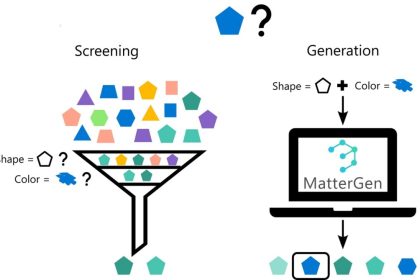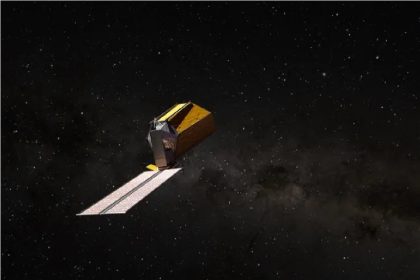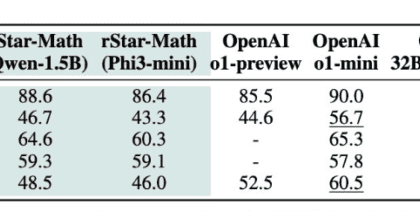In recent months, India will make decisive first-ever trips to space. The Gaganyaan and Viometra missions are the most important events in the agenda of the Ministry of Science and Technology of India. “Gaganian” is the name of the first human journey in the history of Indian air and space, which will happen soon in 2025. But the more interesting news is Viometra's space travel. India plans to send a humanoid astronaut robot called Vyomitra to space on a special mission before Gaganya's important trip.
The female astronaut robot “Vyomitra” will be sent to space to perform a mission before the “Gaganian” space mission, which will be India's first human space flight. India's Minister of Science and Technology, Jitendra Singh, stated this news in an interview with Delhi media on Sunday. He said: “Vyomitra unmanned mission” is planned for the third quarter of 2024; This is despite the fact that Gaganyan's humanitarian mission is planned for the next year, 2025, after Vyomitra's trip.
He also explained that Vyumitra is a name composed of two Sanskrit words “Vyuma” (meaning space) and “Mitra” (meaning friend); In fact, the meaning of the name of this robot is “space enthusiast” or “space lover”. This astronaut robot, developed with a female appearance, has interesting abilities. Among these features, we can mention the ability to monitor module parameters. Also, this robot has the ability to understand human messages and react to them. The Indian astronaut robot is supposed to simulate human conditions in space and carry out the life support mission. The Viomitra robot can take on tasks such as working with six panels and answering questions sent by humans.
While the unmanned journey of the Vyomitra robot will take place this year, the human journey of Gaganyan will be launched next year. During Gaganyan's mission, the crew of this space travel was sent to a 400 km orbit of the earth and after three days, they returned to earth and ended their journey by landing safely on the waters of the Indian Ocean. In this space journey, various hardware and software features will be measured, including module measurement and spacecraft deceleration at high altitudes.

RCO NEWS
















